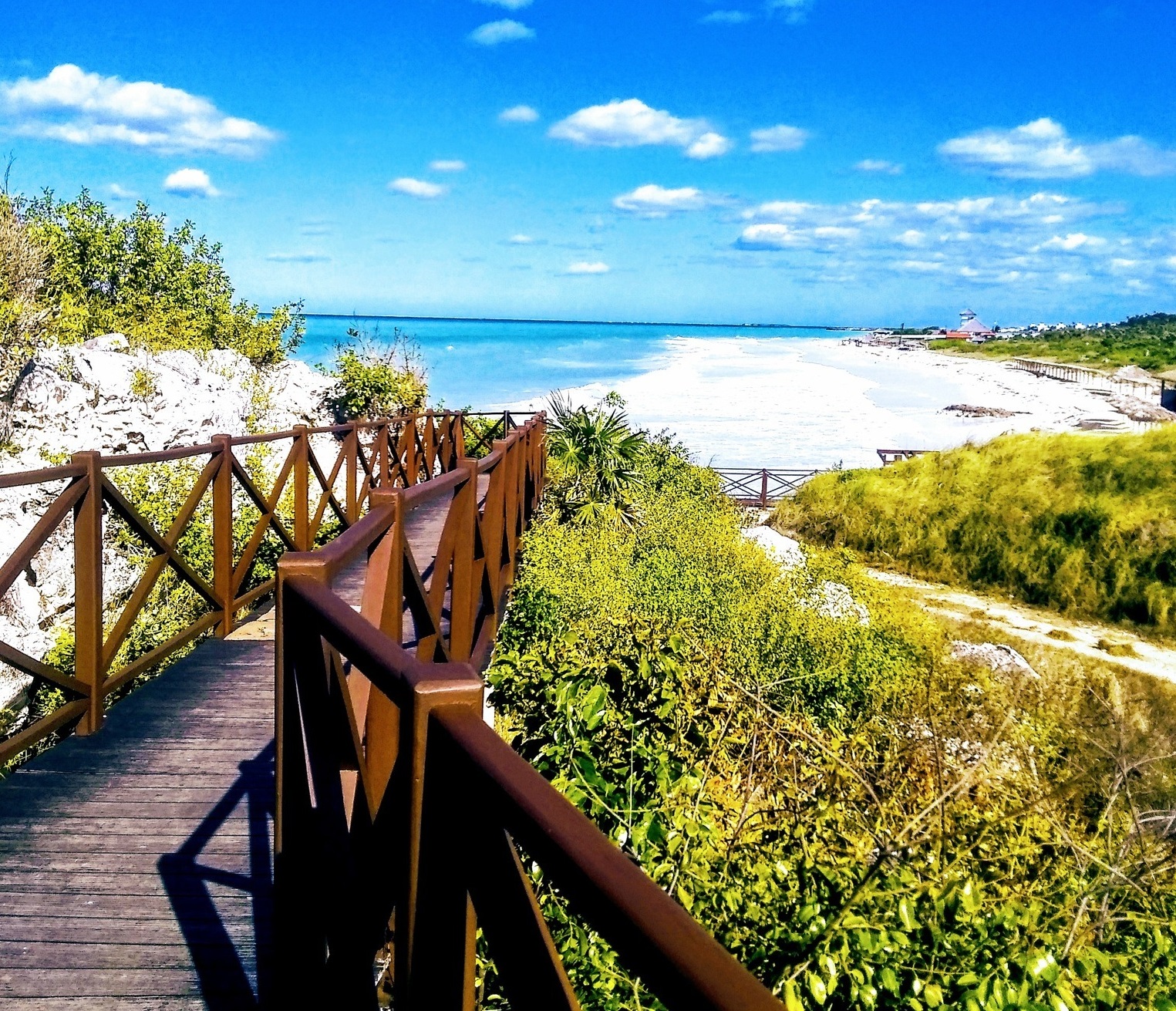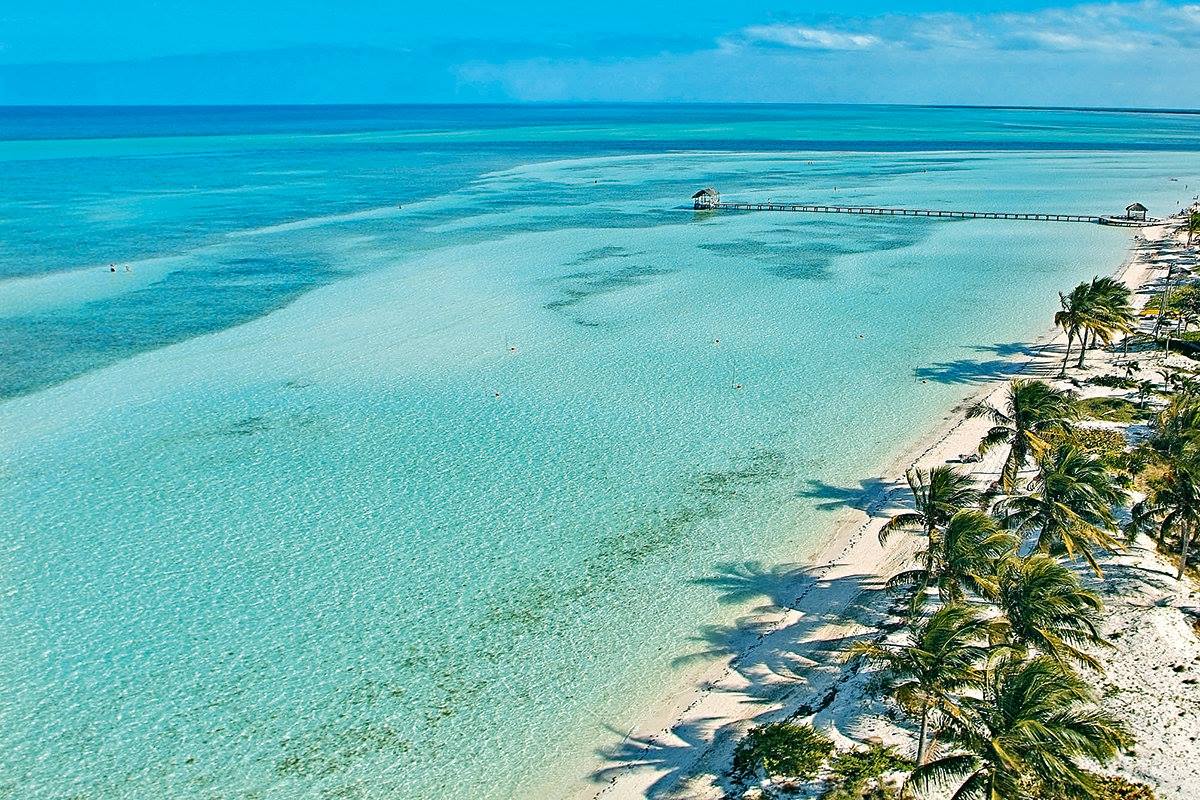
For the first time, Cuba uses nuclear science and technology in the study of the levels of heavy metals and radioactivity in the sands of several beaches in the west, center and east of the country.
Dr. Oscar Díaz Rizo, Professor of Nuclear Physics at the Higher Institute of Applied Sciences and Technologies of the University of Havana (InSTEC-UH), in charge of the investigations, revealed exclusively to Granma that the project began two years ago in Playa Bibijagua, located about eight kilometers north of Nueva Gerona, on Isla de la Juventud, the only black sand beach in Cuba.
«It is a project of the Nuclear, laser, optics and ultrasonic applications Sectorial Program to produce goods and services, under the direction of InSTEC-UH, in which beach sands are being characterized, both from the point of view radiological, as well as its composition of heavy metals to be certain that the level of both exposures is not harmful to humans and species of fauna, according to the study itself has shown so far," Díaz Rizo specified.

Referring to the reason for the investigation, he commented that it was known that black sand tends to have radioactivity naturally and that is why Playa Bibijagua was initially chosen, although the investigations extend to other spas in the west, center, and, in the currently, from the east of the country, considering the fact that in areas close to Cuba there are important facilities whose possible emissions of radioactive waste could reach the coasts, which makes it essential to know, as a baseline, the levels of natural radioactivity present in the same.
To this is added that the sands of beaches are the nesting medium for important species of our fauna, which reinforces the importance of the study.

The results obtained in the study of the sands of the west and center of the country reveal that both the levels of radioactivity and heavy metals are in the permissible range for humans, so they do not generate health effects for them or for the species of interest.
Professors and students from the University of Havana (InSTEC-UH and the Faculty of Biology) and researchers and technicians from the Centers for Environmental Studies of Cienfuegos, of Advanced Studies of Cuba and of the Guanahacabibes National Park, all from the CITMA, in addition to the National Company for the Protection of Flora and Fauna, of the Ministry of Agriculture.
